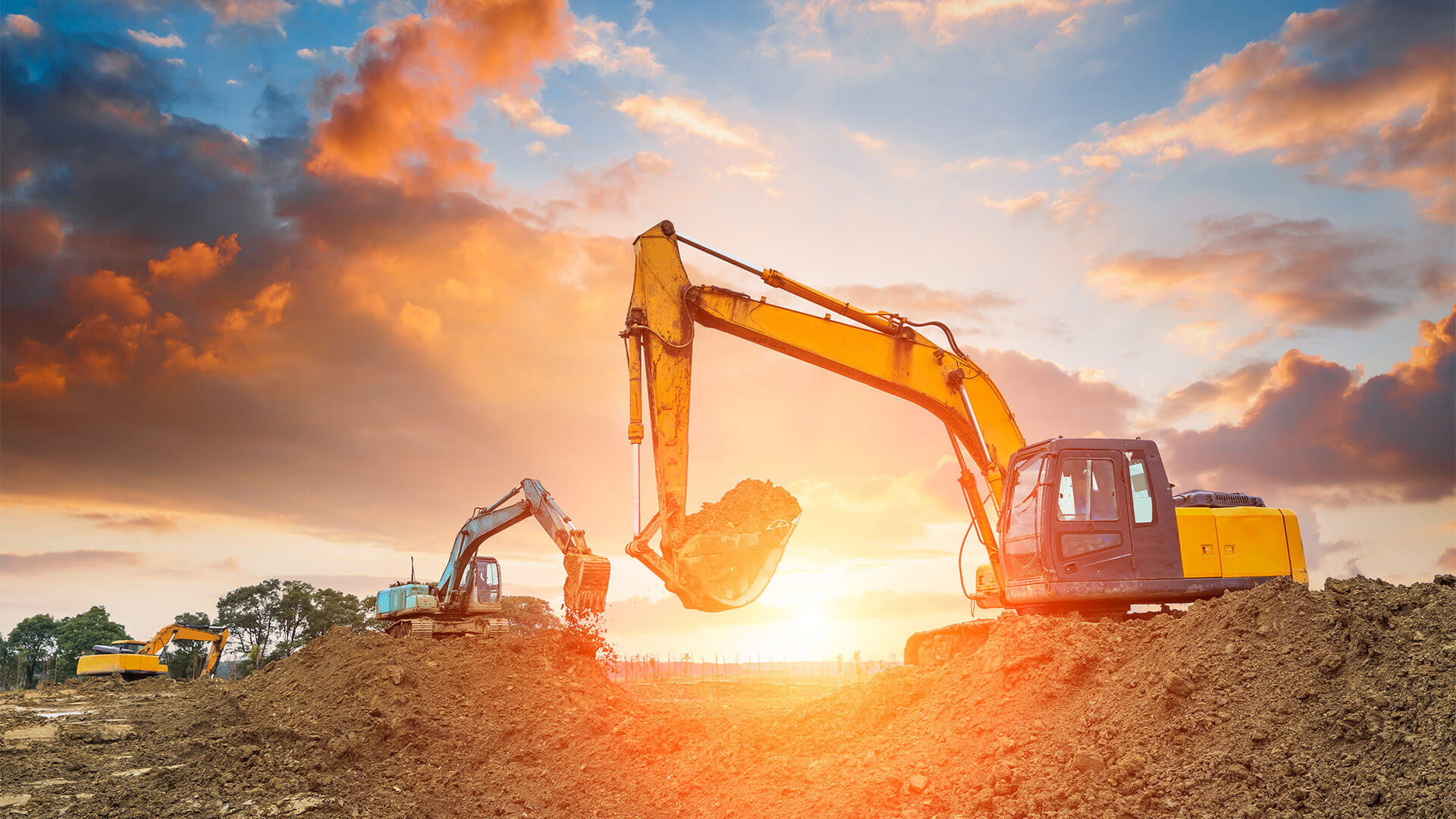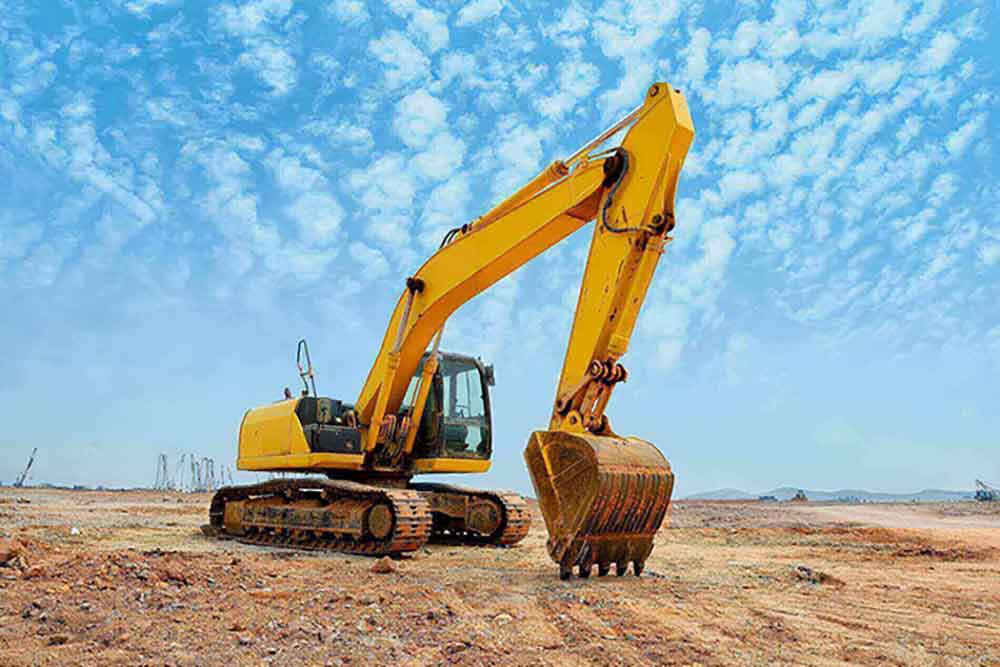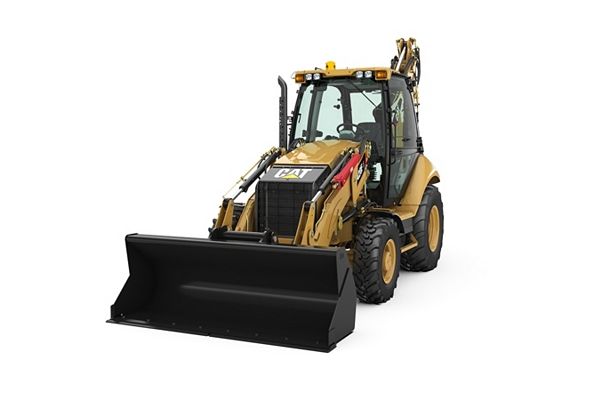Renting Out Vs. Purchasing Building And Construction Devices: Making the Right Selection for Your Project
When beginning on a construction project, one of the essential choices that project stakeholders and managers deal with is whether to purchase or rent out construction equipment. Both choices have their disadvantages and advantages, making the selection a crucial one in the task planning process. The choice rests on different elements such as expense factors to consider, job period, devices upkeep, flexibility, scalability, and danger monitoring. Each component plays an important role in determining one of the most ideal course for the project's devices demands. aerial lift rental. Allow's check out these elements additionally to understand how they influence the decision-making procedure and ultimately the success of the task.
Expense Factors To Consider
When evaluating the financial element of renting out versus purchasing construction devices, the ahead of time costs and lasting expenditures have to be meticulously taken into consideration. Leasing devices typically requires reduced initial settlements contrasted to purchasing, making it an eye-catching choice for temporary tasks or specialists with budget plan restrictions. Leasing gets rid of the need for large funding expenses and minimizes the financial risk linked with tools ownership, such as upkeep and devaluation prices. However, in the long run, consistently leasing equipment can gather higher expenses than purchasing, particularly for extensive jobs.
On the various other hand, purchasing building and construction tools entails higher ahead of time prices however can result in long-lasting savings, specifically for frequent customers or long-term projects. Having tools offers versatility, convenience, and the capacity for resale worth once the job is completed. Additionally, owning equipment allows for customization and knowledge with details machinery, potentially raising effectiveness and performance on-site. Ultimately, the decision in between leasing and getting building equipment depends upon the task's duration, regularity of usage, budget considerations, and lasting financial objectives.
Task Duration

Conversely, for long-lasting jobs or continuous construction work, getting devices might be the a lot more economical option. Purchasing equipment can result in cost financial savings in the long run, particularly if the equipment will be regularly used. Additionally, owning devices provides a feeling of control over its schedule and permits for modification to fit particular task demands.

Tools Maintenance
Given the crucial role project period plays in identifying the most cost-effective strategy between renting out and getting building devices, the emphasis now moves towards analyzing the essential aspect of tools maintenance. On the other hand, having tools needs a proactive strategy to upkeep to stop failures, make certain security, and prolong the devices's life-span. Eventually, a well-kept building and construction tools fleet, whether rented or possessed, is essential for the effective and efficient conclusion of construction jobs.
Flexibility and Scalability
In the world of building and construction devices administration, the aspect of versatility and scalability holds considerable significance for task effectiveness and resource application. Choosing to lease construction devices gives a high degree of flexibility as it allows for the quick change of equipment types and amounts based upon my response the developing demands of a project. Renting out enables professionals to access a variety of specialized tools that may be needed for certain tasks without the long-term dedication of ownership. This versatility is particularly beneficial for projects with varying needs or unclear durations (boom lift rental).
Additionally, scalability, an additional critical element, is naturally connected to adaptability. Leasing construction equipment uses the benefit of conveniently scaling operations up or down as project demands change. Specialists can promptly include or trade devices to match the job's altering requirements without the constraints of having properties that might come to be underutilized or obsolete. This capacity to range sources efficiently can lead to cost financial savings and improved project timelines, making renting a desirable option for projects needing adaptability and receptive resource appropriation.
Threat Monitoring
Efficient danger management in construction equipment procedures is paramount to ensuring job success and mitigating prospective financial losses. Building jobs naturally entail various threats, such as devices breakdowns, crashes, and job delays, which can significantly influence the task timeline and budget plan. By meticulously considering the threats related to owning or leasing construction equipment, task managers can make educated decisions to minimize these potential risks.
Renting out construction tools can use a level of danger mitigation by moving the duty index of repair and maintenance to the rental business. This can reduce the monetary burden on the task owner in instance of unforeseen devices failures (scissor lift rental). Furthermore, renting supplies the adaptability to access customized tools for particular task phases, minimizing the threat of having underutilized equipment
On the other hand, having building and construction devices supplies a feeling of control over its usage and upkeep. However, this additionally suggests birthing the full obligation for repair work, maintenance expenses, and devaluation, boosting the monetary dangers related to tools ownership. Careful threat analysis and factor to consider of aspects such as job duration, equipment utilization, and upkeep requirements are critical in establishing one of the most appropriate alternative for reliable danger monitoring in construction projects.
Conclusion
Finally, when making a decision in between getting and leasing building and construction tools, it is essential to consider price, task duration, equipment upkeep, scalability, flexibility, and risk administration. Each aspect plays a crucial duty in establishing one of the most suitable option for the project handy. By thoroughly assessing these facets, job managers can make an informed choice that aligns with their budget plan, timeline, and overall job objectives.
